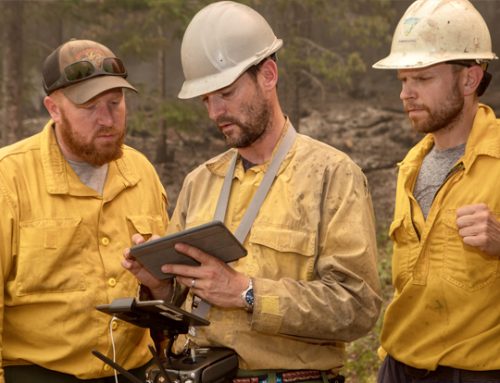Our latest report outlines the proposals the government is putting forward to help the home and social care sector embrace greater digitisation with a list of requirements due to go live this year.
The proposals are aimed at improving data collection and sharing between organisations to reduce bureaucracy in the system, all of which require managers to get on board quickly so they have the right technology in place to meet these deadlines.
There is going to be a lot of change, but rather than fear these new technologies, care organisations should see this as an opportunity to get ahead of the looming digitised future that will become the norm for successful businesses.
Ultimately, these guidelines will encourage improved technology adoption, greater automation, and artificial intelligence, and will therefore bring substantial benefits to managing social care and home care in the future.
So, if you want to get ahead of the curve and prepare for the inevitable, we have put together a list of eight questions you should be asking before deciding on the myriad technologies out there:
1. How accessible is the technology you need?
With a technology solution in the cloud, anyone within your organisation can access the information whenever they need it, wherever they are. Using cloud based-technology also gives you the confidence that the data is always up to date.
2. Is it purpose-built, or can it be tailored to your needs?
Some features may be more useful to you than others, but if a product is off the shelf, it’s likely you’re paying for functionality that you just don’t need. Check with the providers you research that you only need to pay for exactly what you’ll use, and not for everything you won’t. Remember, you should always be able to change this as and when you need the functionality!
3. Does the vendor have experience in the care sector?
The care sector is highly regulated and has intricacies no other sector does. Your technology suppliers should have experience in the industry, so ask them for relevant client case studies and information on the team internally. By asking these questions, you can be assured that the product has been developed based on extensive knowledge of the market and its needs.
The Good Care Group, is the UK’s leading live-in care provider. With a team of six schedulers working with over 900 carers, their technology stack was crucial to providing the services their clients needed. Hear from Tony Hall, Head of Technology for The Good Care Group on how he got the right technology in place to transform the way they worked.
4. Are there any hidden costs?
In a lot of instances, the cost of the technology will only be part of your final bill. So don’t just look at the software cost, but consider if you’ll need to hire specialist staff to manage the technology, or if the dashboard user interface is simple enough for anyone to use without needing a lot of technical proficiency.
5. What reporting features are offered and what data can be pulled?
Some tools only offer top-level information that lacks granular detail. The best solutions offer reports that cover management and engagement of employees, financial overviews and operational data to highlight any inefficiencies within the business. The technology you choose shouldn’t just be good for digitising processes, they should help you improve your entire operations.
6. How is data presented back to my organisation?
You don’t want to implement technology that will take months to learn and understand. A visual user interface, or drag and drop functionality will make it much more user friendly for your staff to use the technology and encourage adoption, and will make them feel confident about using the new technology.
7. Is it compatible with the rest of your tech stack and can you connect it with other technology you might already use?
By being interoperable with existing tools, you can ensure data can be ported across platforms. If it’s not compatible, you may find your data collection is hindered and not helped, so be sure the technology you choose can be integrated with your existing or potential future tech or that it’s built on a platform that makes integration easy.
8. How long will it take to onboard?
Depending on the complexity of your data, it may take longer to get a new platform onboarded, so it’s worth asking what the average onboarding time is for clients. It’s also worth checking how much support and training you get during the onboarding process. This is crucial to getting the most out of your tech investment.
If you haven’t read the full report yet you can do so here: ‘Navigating new regulation in the UK social and home care sector’ to see why workforce woes from Brexit, Covid-19, budget cuts, and impending legislation all point towards the need for the care sector to digitise as a matter of urgency.
The key takeaway here is that taking action now to ensure you have the right technology and processes in place ahead of the care sector’s digitised future will ensure your organisation is ready. The right technology investment will also save organisations in the long run by being able to automate many of the processes involved, free staff up to focus on income-generating activities, or pinpoint inefficiencies in the current management of workers to see where savings could be made.
If you have any questions about how to choose the right technology for your care organisation, don’t hesitate to drop the team an email, we’re always happy to help!






Leave A Comment